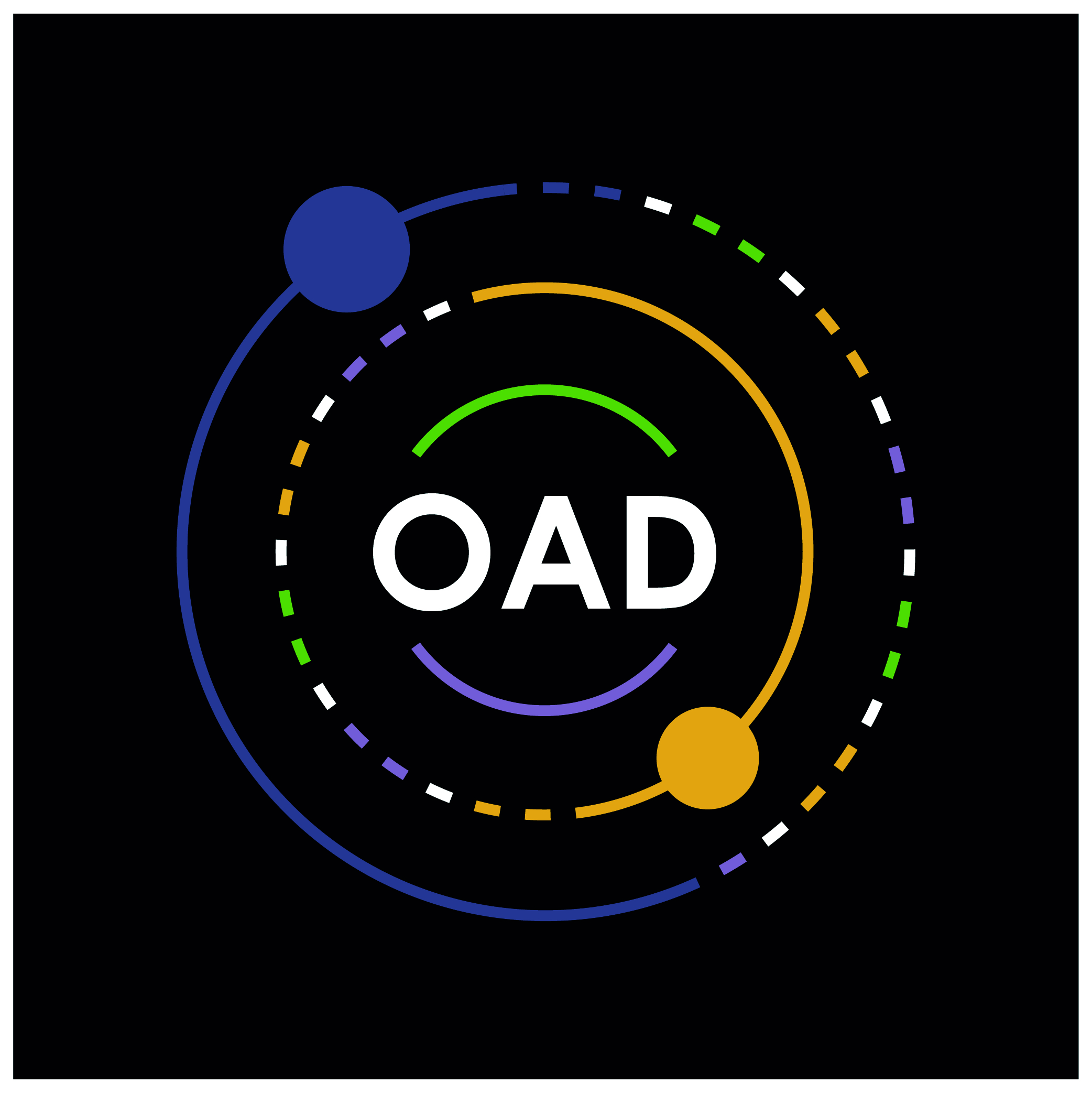<< Lesson 4
Lesson 6 >>
Lesson Overview – this lesson introduces the special case of the circumstances where the free market economy fails to achieve socially optimum outcomes and why that is a problem
As discussed previously, the free market economy is not always best. It may lead to excessive self-interest and more widening of the gap between rich and poor. Also, the assumptions underpinning perfect competition (under free markets) do not always hold. We may summarise all these challenges as Market Failure.
4.1 MARKET FAILURE
A situation when prices fail to allocate resources efficiently in the economy. In the study of economic systems prices were said to be useful since they are market signals. Sections of the market that are characterized by higher prices may indicate the need for more resource allocation in order to reduce the pressure on the demand for goods and services. The market equilibrium point is the optimum point and if the mechanism involved at the market equilibrium no longer sets the prices in the economy then there is market failure.
4.2 EXAMPLES OF MARKET FAILURE
- An important example of market failure is the failure by health care systems to prepare adequately for pandemics (a case in point is the 2020 COVID-19 outbreak).
- Examples of public goods that are naturally occurring are the environment (beaches and mountains). Due to the fact that no one pays for these things (e.g., clean air, empathy) to be in existence, uncontrolled consumption will damage or deplete these because everyone wants to consume more than the next person.
- The existence of market failure is an important justification for where government intervention might be appropriate. As a consequence of market failure, public goods are under-supplied, and to avoid destructive consumption of naturally occurring resources – government has to enforce some levies and taxes that reduce consumption to an optimum level.
- The under provision of public goods such as Education, Public Health, Peace and others by the market mechanism creates a gap that development practitioners (including data scientists and others) and development oriented entities may and need to attempt to plug.
| Case Study – COVID-19 |
|
Scenario 1– In worst hit countries, Intensive Care Units (ICUs) were hit by critical shortages of equipment and space for novel COVID-19 patients. Ventilators became the buzzword since these critical life-saving pieces of equipment were essential in helping save patients who developed severe respiratory complications. In relative terms, less is spent on health care systems that on consumer goods because the former is a public good. This has important implications on preparedness for pandemics of global scale and it affects morbidity and mortality incidence rates. |
- Monopolies
- Market failure also creates Positive and Negative Externalities
To effectively contribute to development, scientists may help with devising ways of minimizing negative externalities, and maximizing positive externalities. Scientists should ensure that their work/research/activities have positive spillover effects to communities around them.
4.3 SOURCES OF MARKET FAILURE
- Externalities
- Market Imperfections (monopolies and oligopolies)
- Deadweight Loss[1]
- Public and Merit Goods
Tragedy of the free markets is that there are some scenarios where it is ineffective, for example, in public goods and common property access. In Private Goods – owners have an Exclusion Ability, for instance a property owner can restrict access to his/her property. In Public Goods – there is no exclusion ability as free-riders can benefit. The result is that no one will pay taxes (to pay the police and public services) unless he/she is forced. This roughly equates to “Tragedy of the Commons”. In Tragedy of the Commons, consumption is excessive due to Rivalry in Consumption and no one has incentive to protect the public good. The sources of market failure are explained in a bit more detail in this section. This is because solving some of the world’s developmental challenges requires an understanding of market failure and identifying some of the opportunities that it presents.
Externalities
An externality is a situation where one’s production or consumption activities affect other economic agents who are not directly involved in the consumption or production of that activity. They can also be referred to as third party effects that affect other economic agents who are not directly involved in the transaction or activity.
Types of externalities
- Positive externalities: when externalities are beneficial to society. For example the extraction of diamonds may benefit the surrounding community by way of employment opportunities and infrastructural development.
- Negative Externalities: when externalities present disadvantages to society. For example pollution by manufacturers and land degradation by mining activities may negatively affect local villagers as they might be left with no grazing land for their livestock, as an example.
TAKEAWAY: The question may be how can science ensure more accountability? How can science invent devices that enable easier monitoring of pollution etc.? How can science ensure that societies benefit from positive externalities emanating from production activities? A good example is astronomers at an observatory encouraging and helping the local society benefit from science through astro-tourism.
Market Imperfections
The existence of market imperfections has also been cited as one of the sources of market failure. A monopoly is defined as a situation in which there is only one seller of a commodity. Where there exist too few sellers (for example oil cartels), the market is referred to as an oligopoly market. Monopoly and oligopoly businesses tend to have to command (overprice) the price they charge for goods and services, and thus consumers are charged prices that are not socially optimum.
| Case Study – Market for Ventilators and other critical drugs |
|
The critical shortage of ventilators and critical supplies during the year 2020’s COVID-19 may have been in part because the market for these supplies is controlled by few large pharmaceuticals and heavily regulated by national authorities. Regulation is obviously important for safety reasons. Therefore one cannot just decide to create a pharmaceutical company today and be up and running the next day. Medicines and medical technologies are patented which makes it difficult for countries to always be able to create their own supplies. There are also high start up costs and the end result is that there are few supplies and many buyers and sellers. The few suppliers have an incentive to overprice and produce less than required supply as shown in Figure 6. The monopoly will produce less ventilators (Qm) at a higher price (Pm) instead of a lower price (P*) and higher quantity (Q*) as the case would be under perfect competition settings of many buyers and sellers. Under perfect competition, the production rule is where Price (P) = Marginal Cost (MC). In Figure 6, the MC curve is the supply curve and is the cost of producing one additional ventilator. The AR (Average Revenue) = D is the demand curve. Under perfect competition, the equilibrium production would be point S with a higher production Q* instead of Qm under monopoly competition. A monopoly dictates the price – whereas under perfect competition the firm takes the price that is on the market. The net welfare loss to society or deadweight loss is the area (CL + PL). CL and PL are consumption and production losses respectively. |

Figure 6
Recap
Monopolies exist due to a number of barriers to enter the industry that include the following:
- Very high start-up costs
- Regulation (e.g national water, rail and electricity authorities as well as large pharmaceuticals)
- Absence of know-how
KEY TAKEAWAY
The task at hand for science organizations is putting knowledge in the hand of communities to enable them to break barriers that result in monopolies. For example, Africa is beleaguered by a lot of preventable deaths because governments do not have the money for medicines. Part of the problem is that the pharmaceutical industry is run by monopolies, and bio-medical science might have a role in promoting and standardising traditional medicines (which are tested and shown to work) – among other examples. While other scientists may not be able to take a leading role in medicines standardization – development, they could have important roles to play in helping fulfill other human needs.
[1] This is a net loss to society resulting from production and consumption losses when monopolies produce at lower levels that are not socially optimum or when production taxes limit production to below socially optimum levels.


